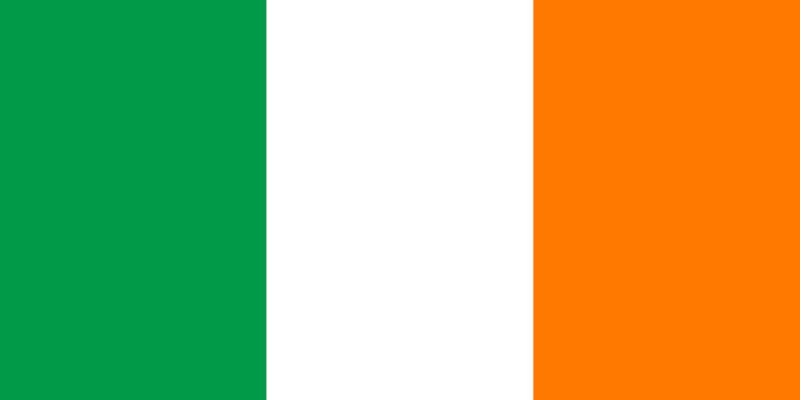 Introduction: Ireland, in spite of carrying several disadvantages compared to its more prosperous neighbours is finally on the ascendancy. While the European Union as whole goes through similar fortunes and the vagaries of economic development is similar across the region, Ireland seems an exception to this rule. If the Foreign Direct Investment is taken as a key indicator of economic progress and political stability, then Ireland has shown some promising signs over the last few years. The rest of the essay is an attempt to understand the conditions that have aided such economic success. This is done, firstly, by utilizing the PESTEL framework of analysis. In addition to this, other lesser known factors that lie outside the PESTEL framework are also discussed.
Introduction: Ireland, in spite of carrying several disadvantages compared to its more prosperous neighbours is finally on the ascendancy. While the European Union as whole goes through similar fortunes and the vagaries of economic development is similar across the region, Ireland seems an exception to this rule. If the Foreign Direct Investment is taken as a key indicator of economic progress and political stability, then Ireland has shown some promising signs over the last few years. The rest of the essay is an attempt to understand the conditions that have aided such economic success. This is done, firstly, by utilizing the PESTEL framework of analysis. In addition to this, other lesser known factors that lie outside the PESTEL framework are also discussed.
Political Climate: On the political front, Ireland has moved on from a troubled past, where terrorism and chaos were the dominant theme for the nation. With greater internal harmony and more placid religious and ethnic intolerance, the country is finally poised to fulfil its economic potential. The roots of the present Irish government’s policy framework lay in the radical changes brought about by the political leaders of the early 1980’s. Such public welfare programs such as the “National Wage Partnership Program fostered cooperative industrial relations, reduction in taxes, targeted government programs to attract FDI, and financial support from the EU” (Ireland in 2004). Programs such as this, acted as sound precedents for further policy initiatives, continuing to the present day. This succinctly explains how the political atmosphere in Ireland had contributed to its newfound prosperity.
Economic Factors: To take the case of the fiscal year 2002, the FDI inflow to Ireland had risen to 25 billion dollars – a whopping 150 percent increase over the previous year. This came at a time when the rest of the developing world was struggling with economic sluggishness. To understand the success of the Irish economy we have to look at the source nations from which these investments are coming in. Unlike many other emerging markets, the primary investors in Ireland are the UK, the Netherlands and of course, the United States. This diversity helps reduce dependency on regional economic activity and helps mitigate the vicissitudes of global fiscal trends. Moreover, “this has grown rapidly over the past two decades, from $32 billion in 1980 to $157 billion in 2002. FDI plays a capital role in the Irish economy: the ratio of inflows to gross fixed capital formation is 80% (1999-2002 average), and the value of inward stock largely exceeds that of GDP” (UNCTAD, 2002). While there has been a slowdown in 2003 and 2004, analysts perceive these to be the exceptions rather than the norm.
Social Factors: Ireland is also a distinguished member of the World Trade Organization. In spite of its historical encumbrances, the nation is a generous donator to many of the development programmes put forth by the WTO, which is supported by a majority of the electorate. This had earned a lot of goodwill across the globe, the credit for which should be attributed to the social cohesion and unanimity in their support for developmental causes elsewhere in the globe (www.wto.org, 2008). The greater involvement with WTO initiatives, which is a direct result of the psyche of the Irish as an ethnic group, as well as a more aggressive trading activity with other European Union states has helped vitalize the Irish economy. For example, since its induction into the European Economic Community in1973, Ireland had gained “access to European markets, agricultural subsidies and capital. The surge of inward investment that followed Ireland’s EU membership had a dramatic impact on the Irish economy” (Ireland in 2004). Simultaneously, the annual budget deficit and level of national debt were reduced to create an economic climate that boosted inflow of foreign direct investment (FDI) as well as growth in the private sector. The measures of privatization by the government were supported by the electorate. So, a culmination of all these changes is what accounts for Ireland’s economic turnaround. With the abolition of practices such as protecting the local industry from foreign competition, Ireland had truly arrived on the European economic scene.